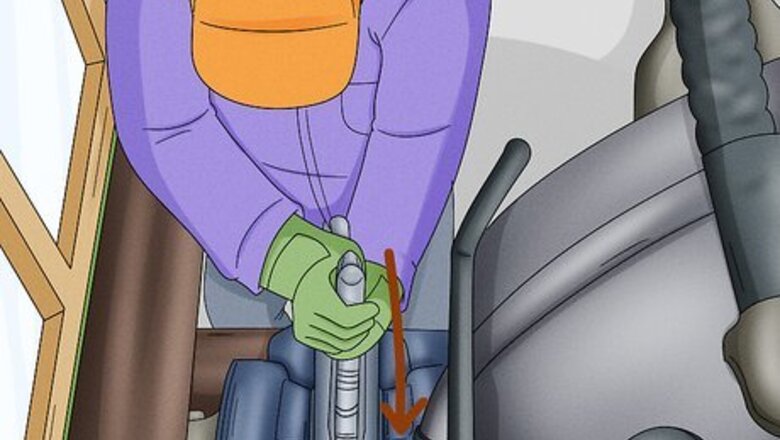
views
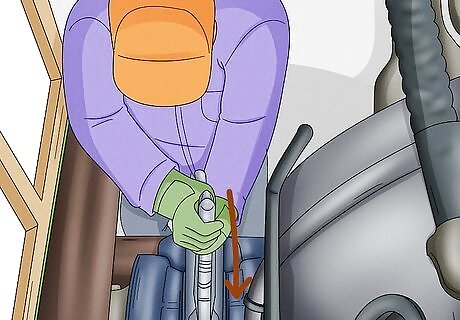
Push the reverser/Johnson bar forward - grip the very large lever that rises from near the floor in front or beside you, squeeze the release handle and shove it all the way forward, and let go of the release handle to lock it into place.
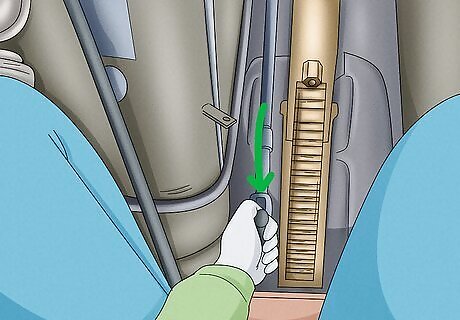
Open the cylinder cocks - find a medium size valve in front of you on the boiler, or a thin lever on the floor in front of you. Turn the valve all the way clockwise, or pull the lever back.
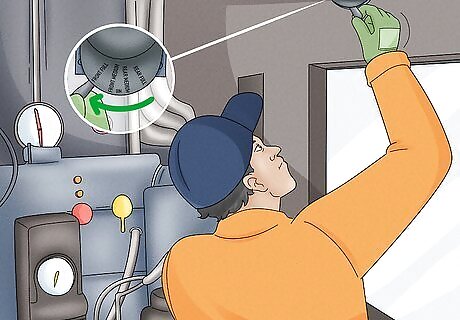
Turn the front headlight on - above you on the ceiling, there will be a large, flat, half-round box or on the side of the cab wall . Slide the knob on the round side of the box all the way to front.
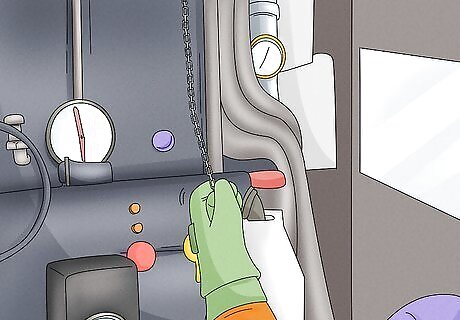
Blow the whistle code for forward movement - there will be either a cable, cables or whistle handles, above your head or in front of you on the boiler. Quickly pull down on the cable (or push the lever) twice in quick succession to make the steam whistle sound out two short blasts.
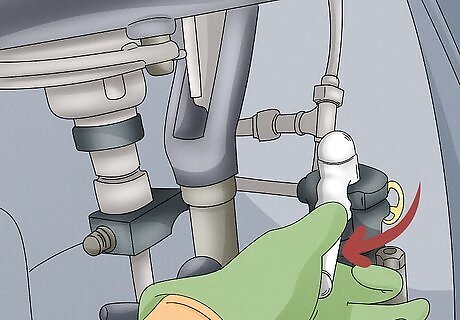
Release the engine brakes - two brass horizontal levers will be near your left hand. The top one must be moved from right to left to release the brakes on the engine.
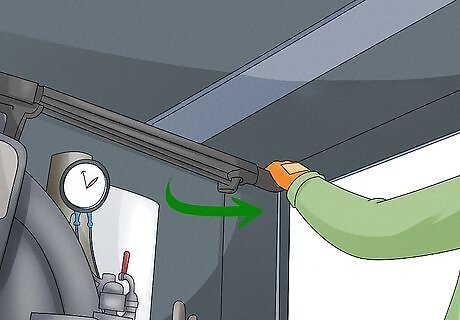
Open the throttle to start the engine moving - the very long lever close to your face and hanging from the cab roof is the throttle. Grip it firmly and give it a yank towards you. As you feel the engine move slightly, shove it back in most of the way, so that it does not gather speed too fast.

Gradually open throttle as the locomotive approaches track speed. Observe cylinder cock exhaust and close them when only steam is emitted.
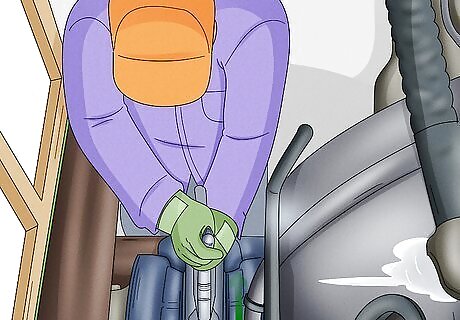
Move the Johnson bar slowly back toward vertical, but never too close to vertical. This is like the gear shift of your car and admits less steam per cylinder stroke. In turn, this increases the efficiency of steam usage so you don't over work the fireman throwing coal into the fire (and to conserve fuel and water!)
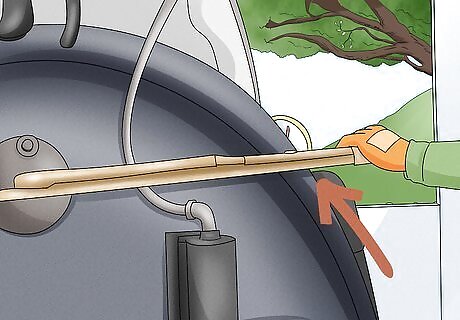
If the locomotive's wheels slip, close throttle most of the way immediately. Allowing the wheels to slip will not render any tractive effort and will damage the locomotive's driving (powered) wheels if done continuously (also "tears" holes in a coal fired locomotive, or in an oil burning locomotive, can cause hollow booms much like an explosion). Wheelslip, as it's called, may cause excess damage if allowed for too long. This includes damage to the firebox itself, which may or may not result in the locomotive exploding.

Blow the whistle at level crossings and before entering tunnels. If you see a whistle post sign, give the whistle a long blast and start ringing the bell. Then give another long blast. Wait a few seconds, and give a shorter blast. Once the train is nearly in the crossing, blow the whistle continuously until the locomotive has entered the crossing. This is the same whistling pattern required when entering tunnels or other locations where railroad employees may be working

Do not exceed the speed limit. That is very dangerous, as derailments due to excess speed may occur, even on straight track. This too can cause boiler explosions. See the Wreck of the Old 97 for example.













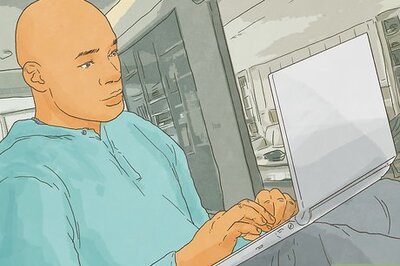
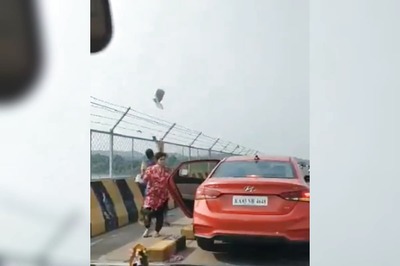
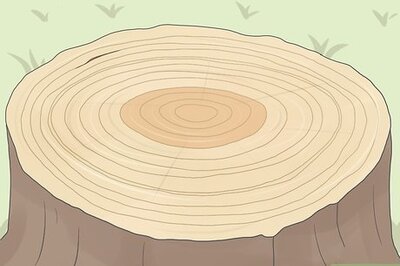



Comments
0 comment